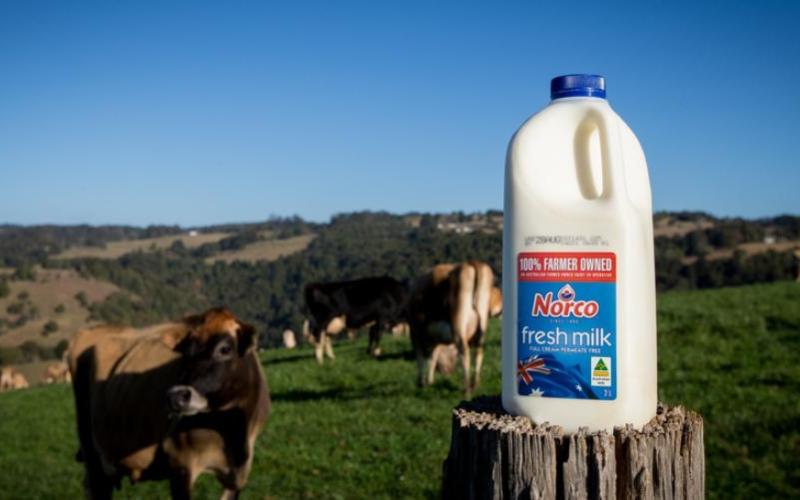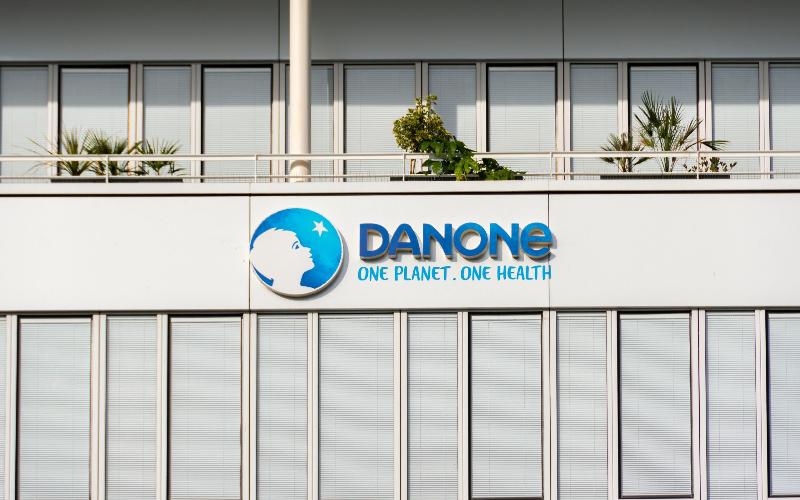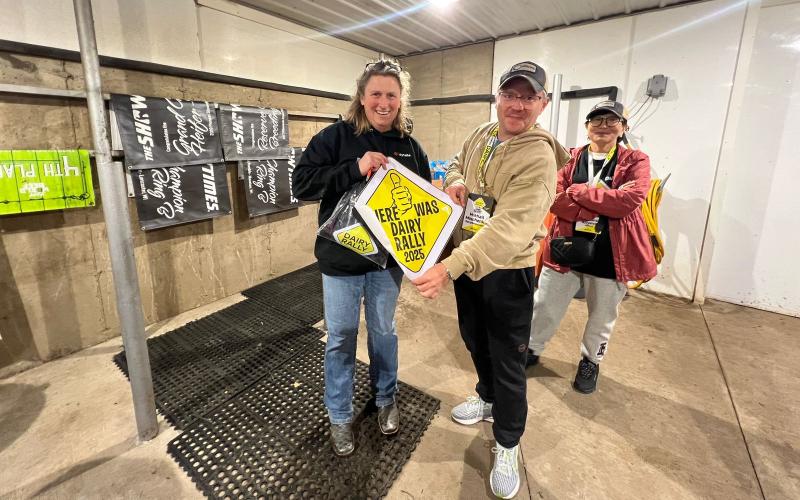Concerns Rise Over the Future of Camembert and Brie Cheeses
Sourse: The DairyNews
In the midst of recent headlines and social media buzz declaring the impending demise of cherished cheeses like Camembert and brie, the spotlight turns to a study by the French National Center for Scientific Research.

The study suggests that these beloved cheeses are on the brink of extinction, with a fungal crisis posing a significant threat. But what does this mean for the future of charcuterie boards and cheese enthusiasts? Let's delve into what scientists have revealed, Washington Post writes.
A Moldy Affair: The Complex Ecosystem of Cheese
Cheese, often a delightful complement to a glass of wine, is revealed to be a dynamic ecosystem hosting a community of molds, yeasts, and bacteria. According to Benjamin Wolfe, an associate professor at Tufts University’s biology department, these microorganisms work together during the aging process, giving cheeses like Camembert their distinctive flavors.
The Rise and Fall of Penicillium camemberti
Historically, Camembert and brie displayed a variety of mold colors, reflecting the diverse strains used in their production. However, industrialization and a demand for uniform appearance led to the dominance of Penicillium camemberti by the 1950s. This strain, responsible for the cheeses' fluffy white coverings and beloved aromas, cannot reproduce independently, making each cheese genetically identical and vulnerable to environmental changes.
Extinction Concerns and a Glimmer of Hope
While the lack of genetic diversity raises concerns about the potential extinction of brie and Camembert, scientists reassure cheese lovers that it is not an immediate threat. Jeanne Ropars, an evolutionary biologist involved in the study, emphasizes the need for preventive measures to avoid future pitfalls in food production. Optimistically, Wolfe suggests that ongoing innovation in the industry may save these iconic cheeses.
Embracing Diversity: A Call for Funkier Cheeses
To address the issue, Ropars and her team propose embracing more diverse-looking and tasting cheeses—Camembert and brie made with alternative mold strains. However, Wolfe warns that experimenting with different molds comes with challenges and unpredictability. Producers are already exploring innovative ways to domesticate wild mold strains rapidly, aiming to maintain desirable traits without resorting to genetic modification.
In conclusion, despite the potential threat to the reigning Penicillium camemberti, the future of Camembert and brie remains promising, with the industry actively seeking solutions. As cheese enthusiasts adapt to the possibility of a more diverse cheese landscape, scientists and producers are committed to ensuring the continued enjoyment of these iconic cheeses.
A Moldy Affair: The Complex Ecosystem of Cheese
Cheese, often a delightful complement to a glass of wine, is revealed to be a dynamic ecosystem hosting a community of molds, yeasts, and bacteria. According to Benjamin Wolfe, an associate professor at Tufts University’s biology department, these microorganisms work together during the aging process, giving cheeses like Camembert their distinctive flavors.
The Rise and Fall of Penicillium camemberti
Historically, Camembert and brie displayed a variety of mold colors, reflecting the diverse strains used in their production. However, industrialization and a demand for uniform appearance led to the dominance of Penicillium camemberti by the 1950s. This strain, responsible for the cheeses' fluffy white coverings and beloved aromas, cannot reproduce independently, making each cheese genetically identical and vulnerable to environmental changes.
Extinction Concerns and a Glimmer of Hope
While the lack of genetic diversity raises concerns about the potential extinction of brie and Camembert, scientists reassure cheese lovers that it is not an immediate threat. Jeanne Ropars, an evolutionary biologist involved in the study, emphasizes the need for preventive measures to avoid future pitfalls in food production. Optimistically, Wolfe suggests that ongoing innovation in the industry may save these iconic cheeses.
Embracing Diversity: A Call for Funkier Cheeses
To address the issue, Ropars and her team propose embracing more diverse-looking and tasting cheeses—Camembert and brie made with alternative mold strains. However, Wolfe warns that experimenting with different molds comes with challenges and unpredictability. Producers are already exploring innovative ways to domesticate wild mold strains rapidly, aiming to maintain desirable traits without resorting to genetic modification.
In conclusion, despite the potential threat to the reigning Penicillium camemberti, the future of Camembert and brie remains promising, with the industry actively seeking solutions. As cheese enthusiasts adapt to the possibility of a more diverse cheese landscape, scientists and producers are committed to ensuring the continued enjoyment of these iconic cheeses.














